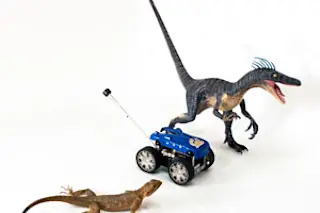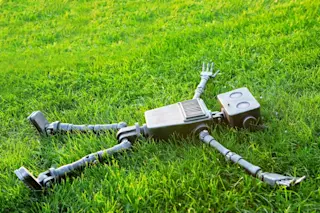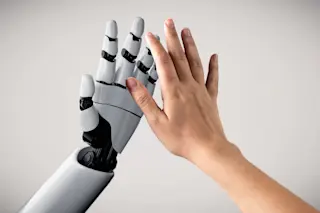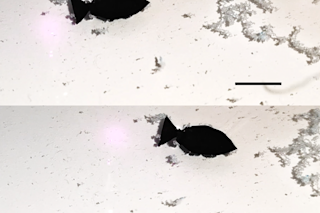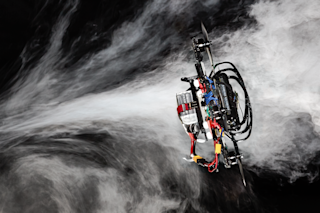Biologist Robert Full’s lab is brimming with critters in motion: scuttling crabs, crawling centipedes, prowling geckos. These animals serve as inspiration as he and his colleagues at the University of California, Berkeley, build robots that are fast, steady, and agile. In January, Full used his analysis of leaping lizards to design a rugged bot that can navigate through the rubble following an earthquake or other disaster.
Full’s breakthrough came from observing African agama lizards, which have a remarkable ability to stick a perfect landing after vaulting through the air. The lizards keep their balance during flight, Full found, by moving their tails up and down to counteract the motion of their bodies and keep themselves stable. He thought about how he could apply that technique to search-and-rescue robots, which must remain upright as they clamber across precarious terrain.
Within a few months, Full and his team had built a four-wheeled, ...


